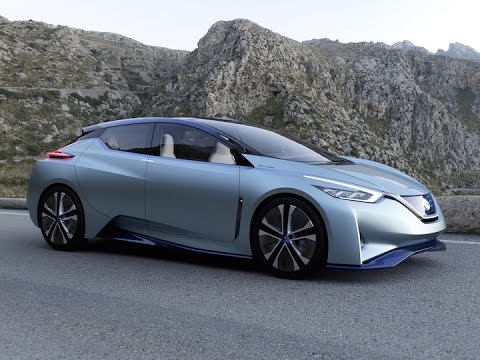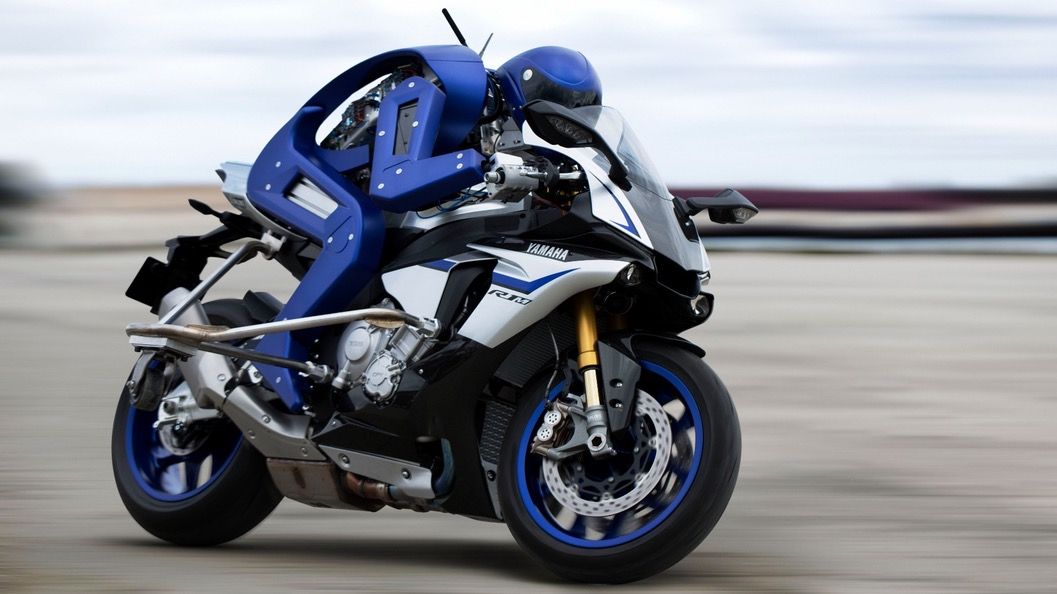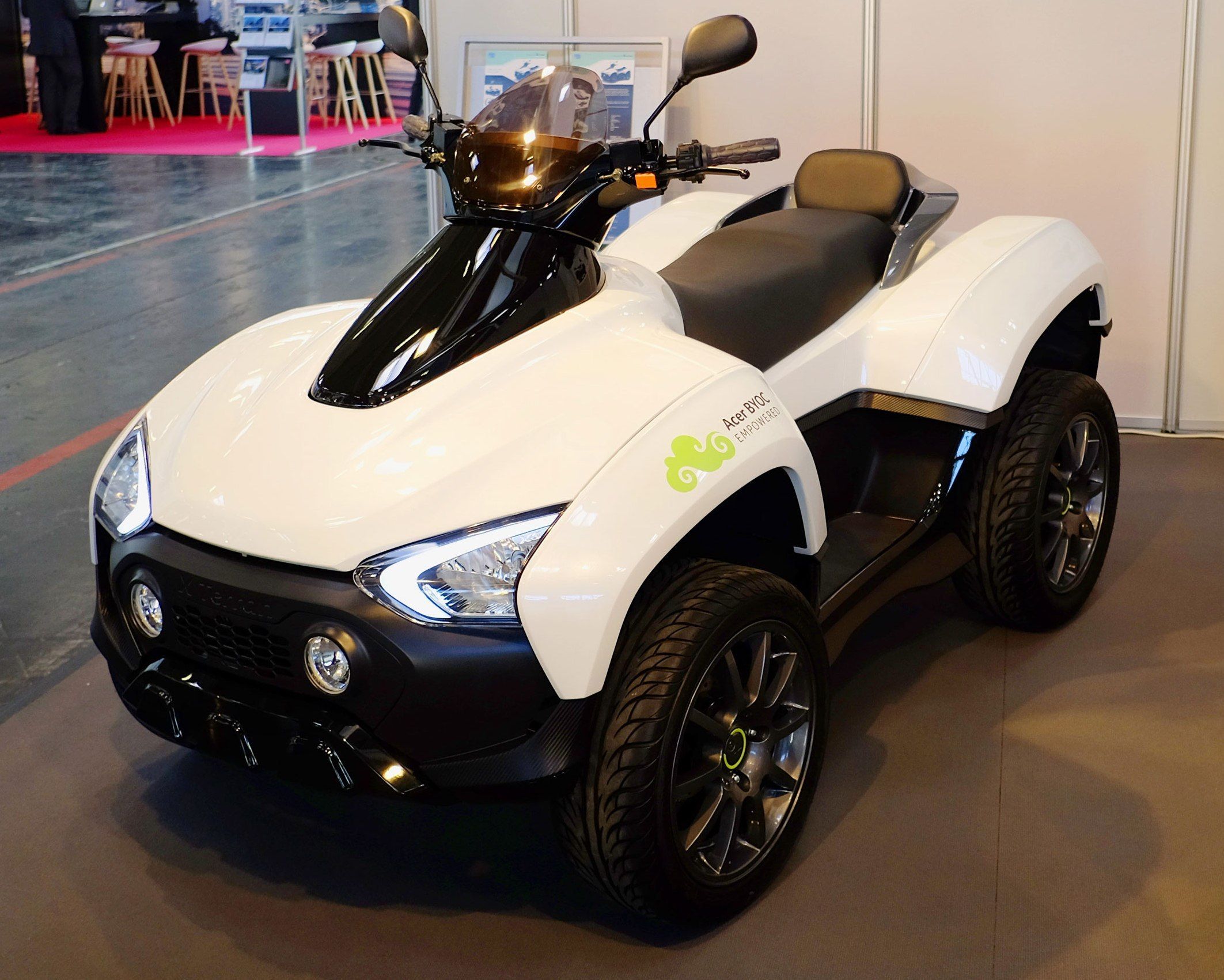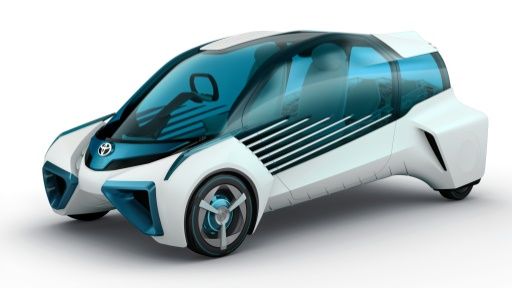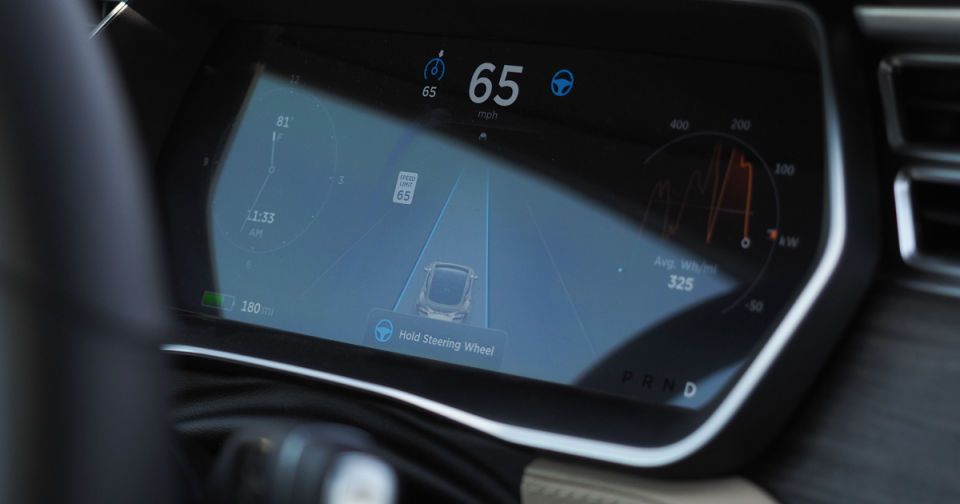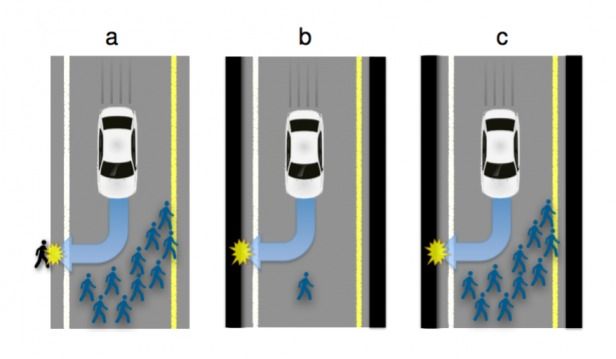Oct 28, 2015
Introducing the Nissan IDS Concept
Posted by Shailesh Prasad in categories: robotics/AI, transportation
https://www.youtube.com/watch?v=h-TLo86K7Ck
At the Tokyo Motor Show 2015, Nissan unveiled a concept vehicle that embodies Nissan’s vision of the future of autonomous driving and zero emission EVs: the Nissan IDS Concept.
Presenting at the show, Nissan president and CEO Carlos Ghosn said: “Nissan’s forthcoming technologies will revolutionize the relationship between car and driver, and future mobility.”
